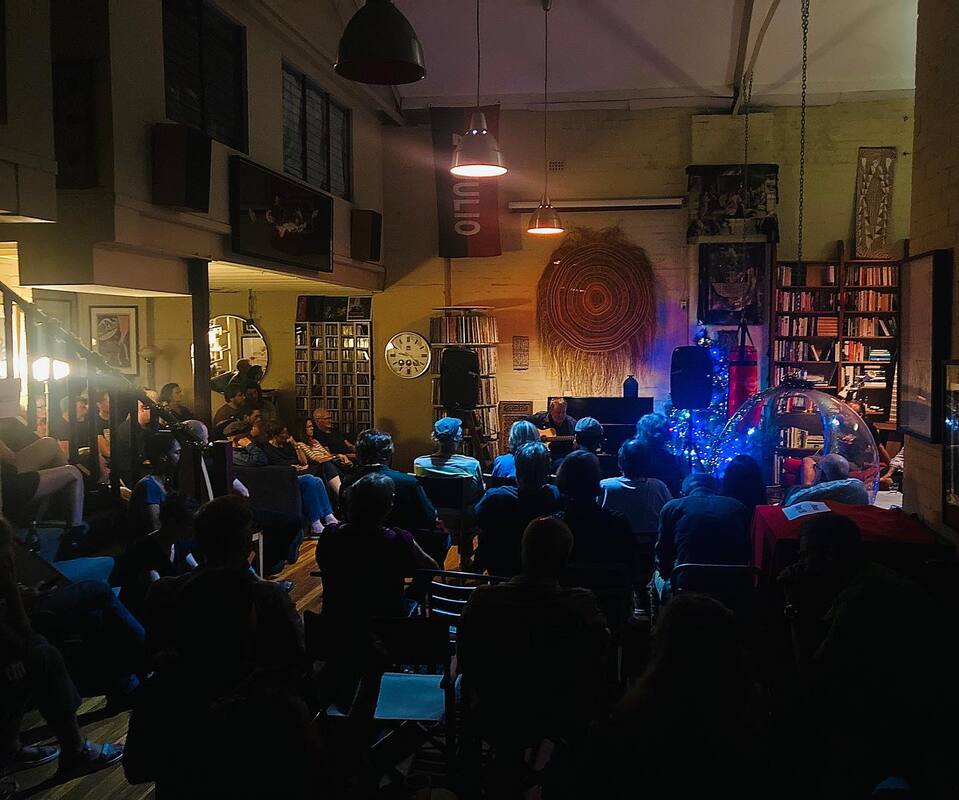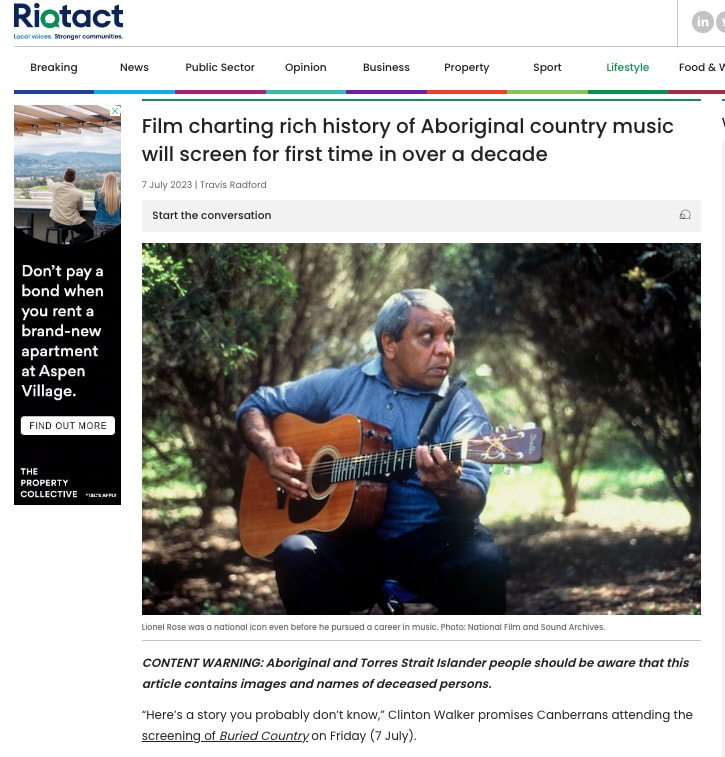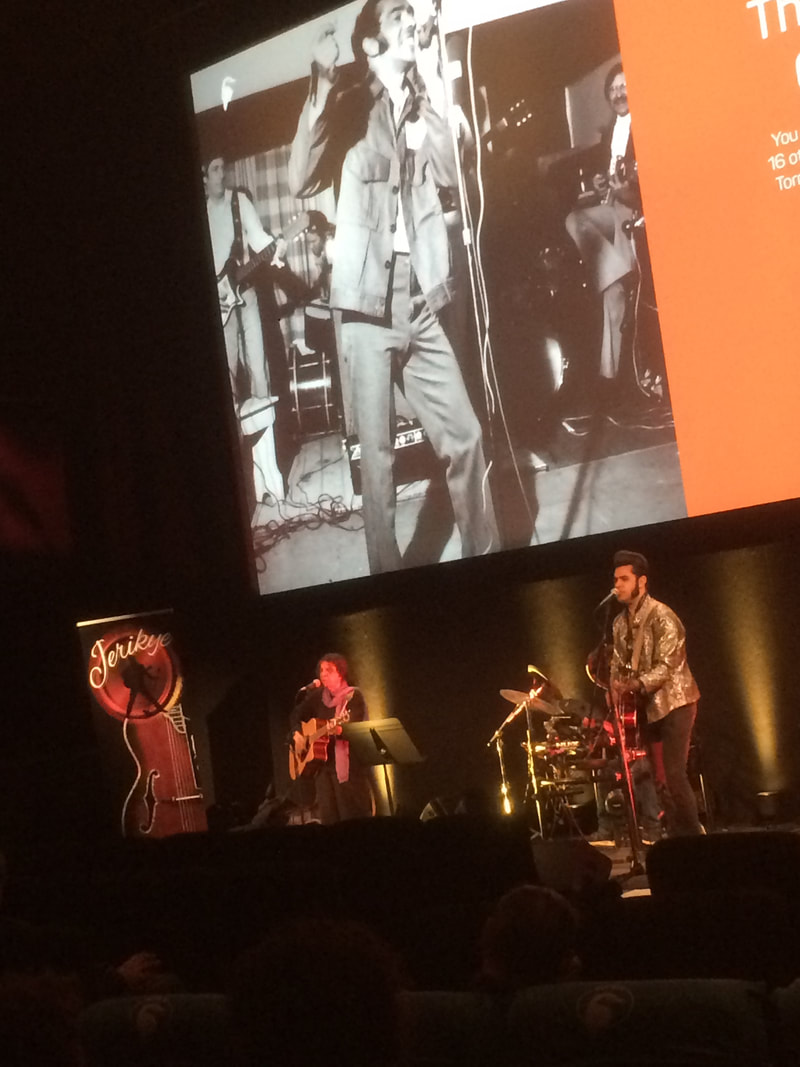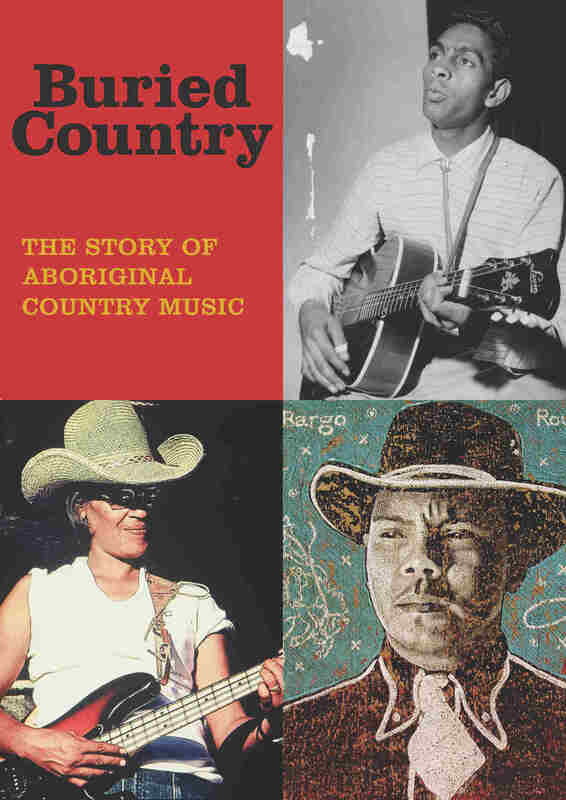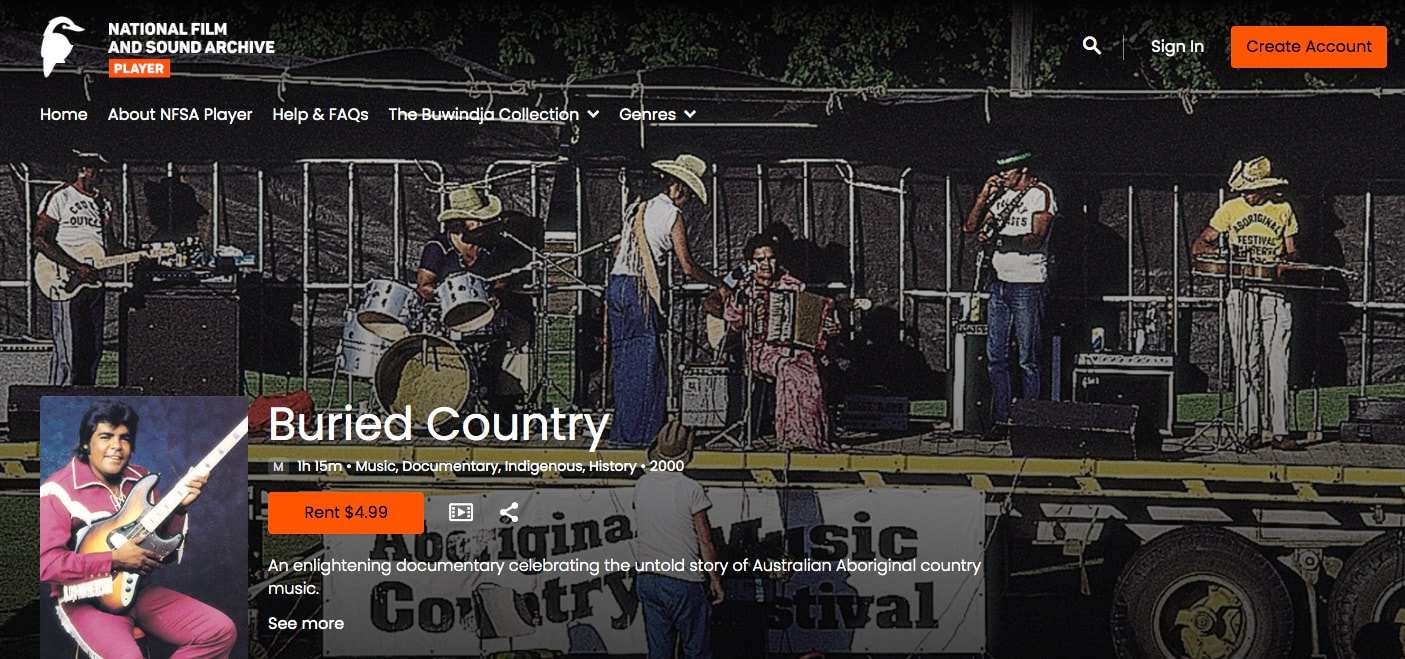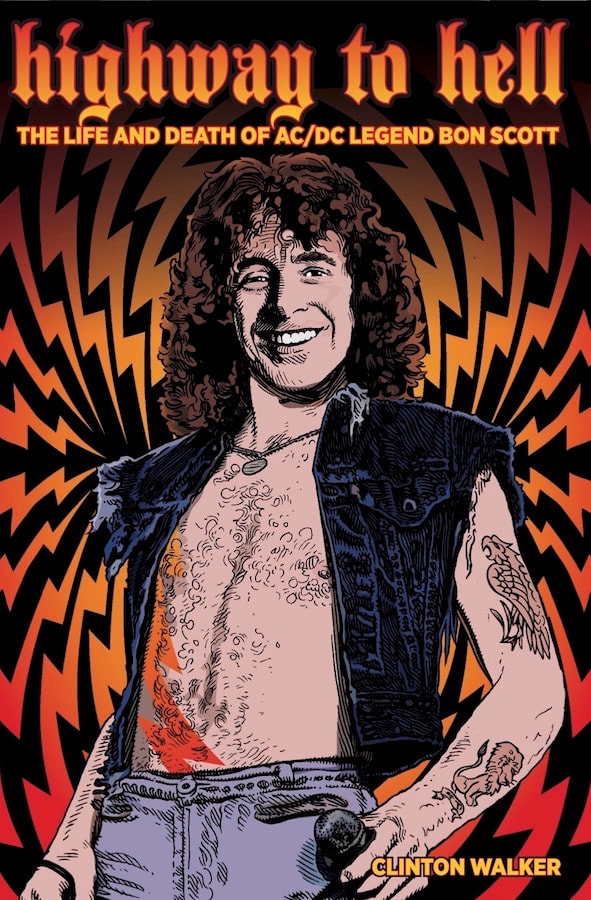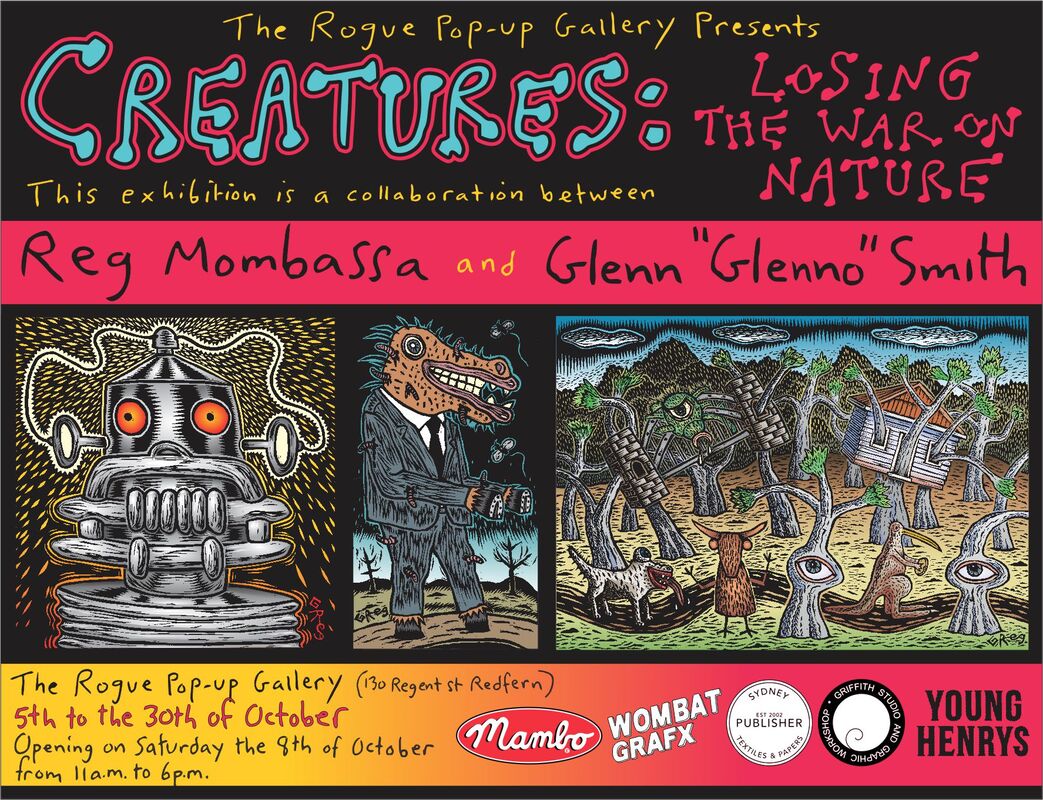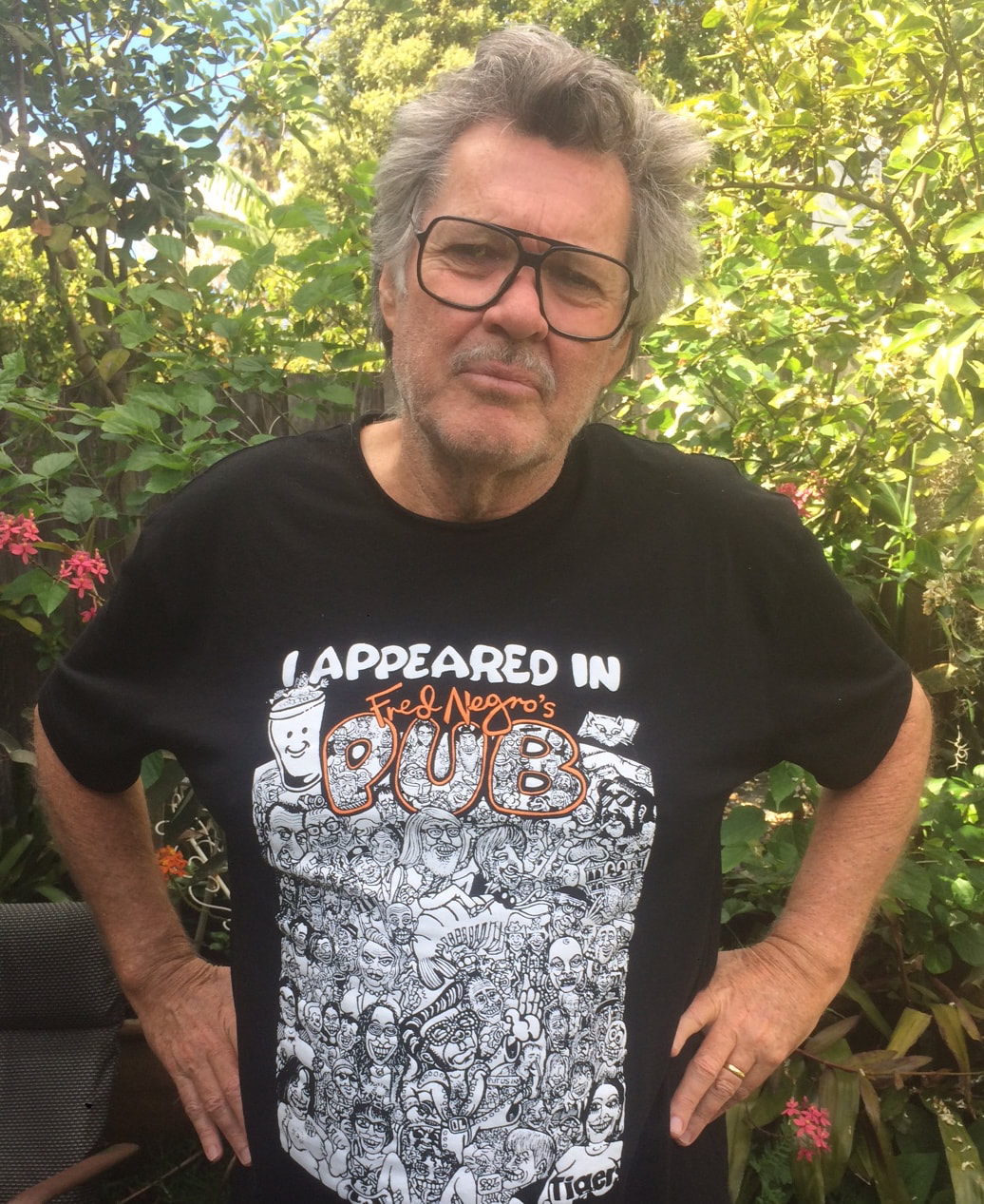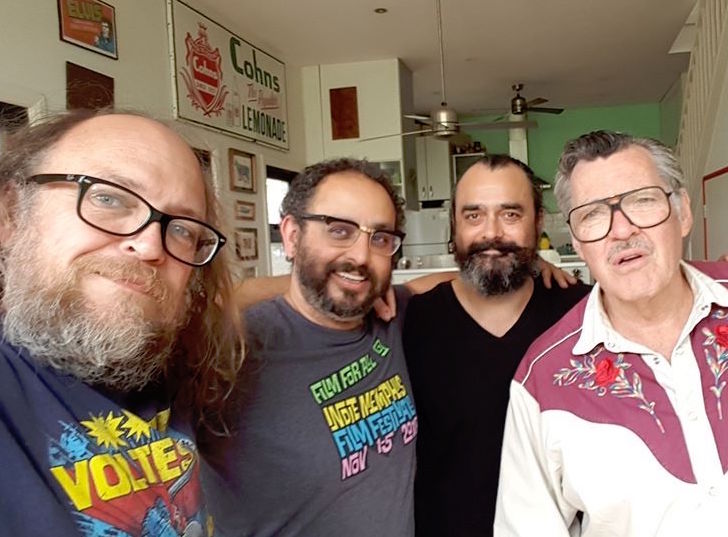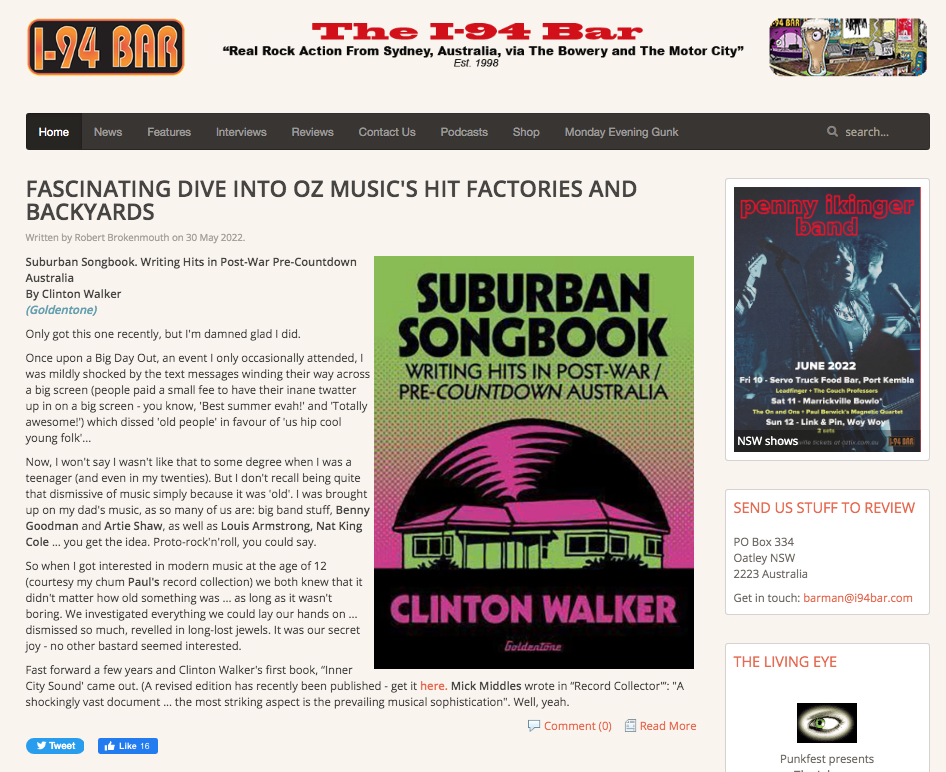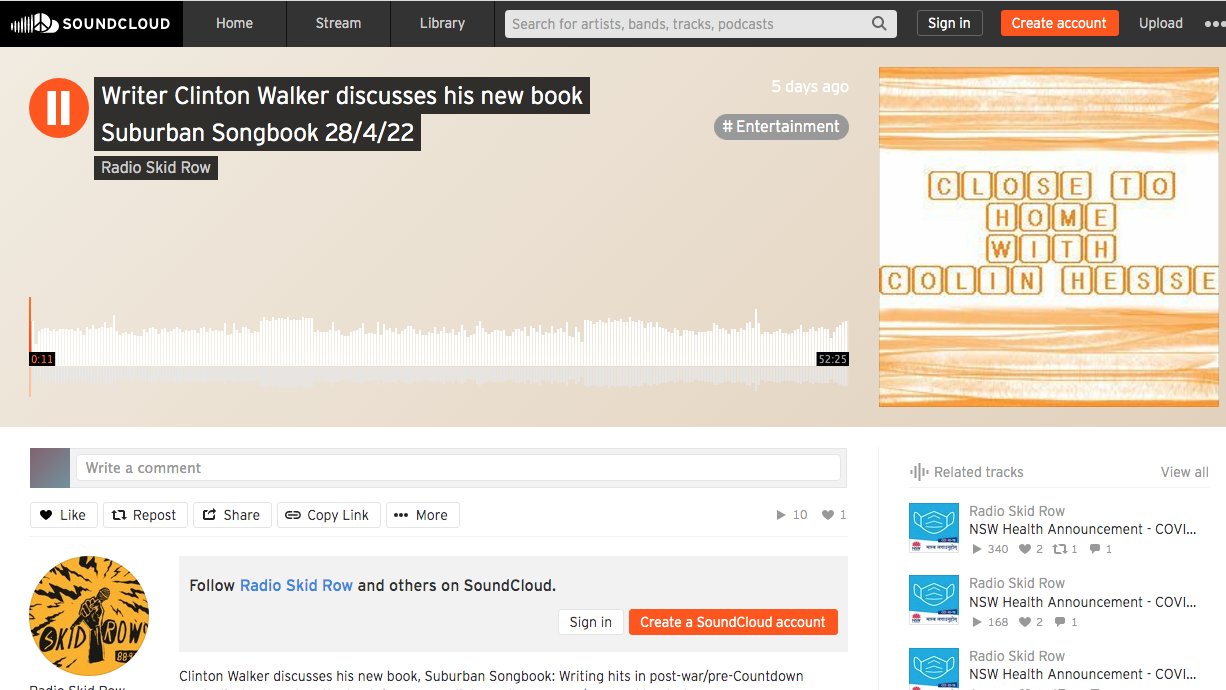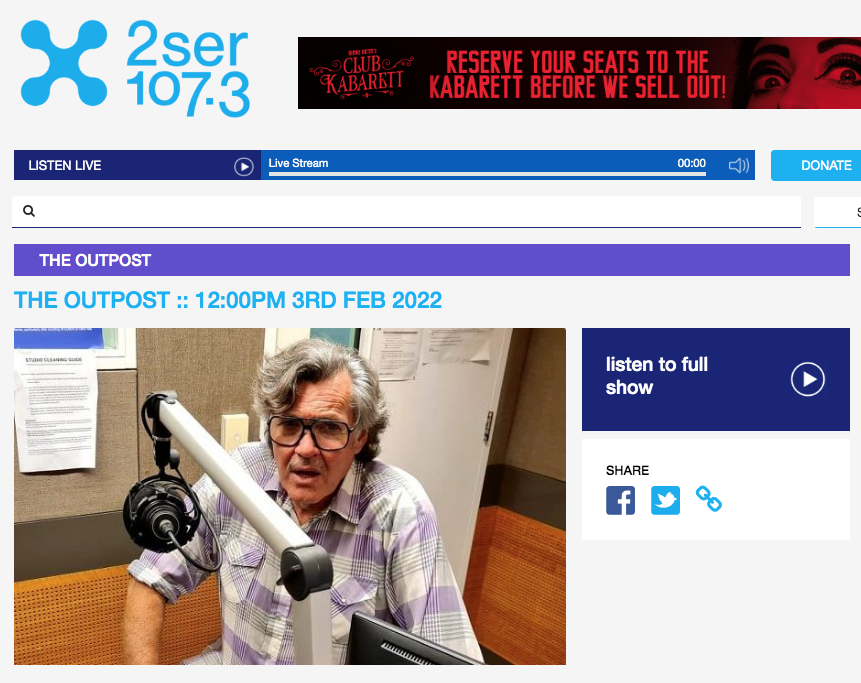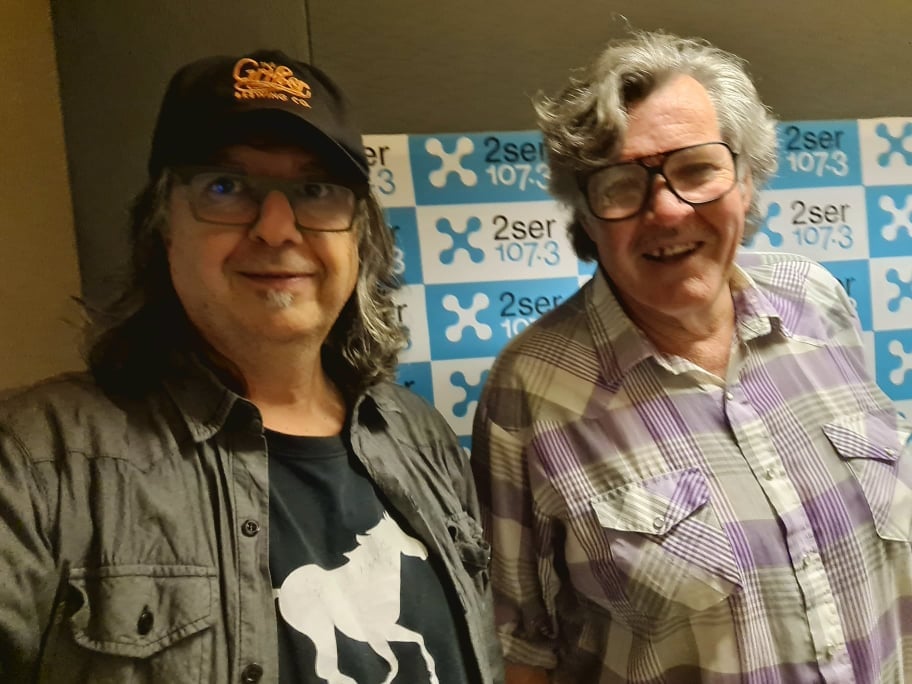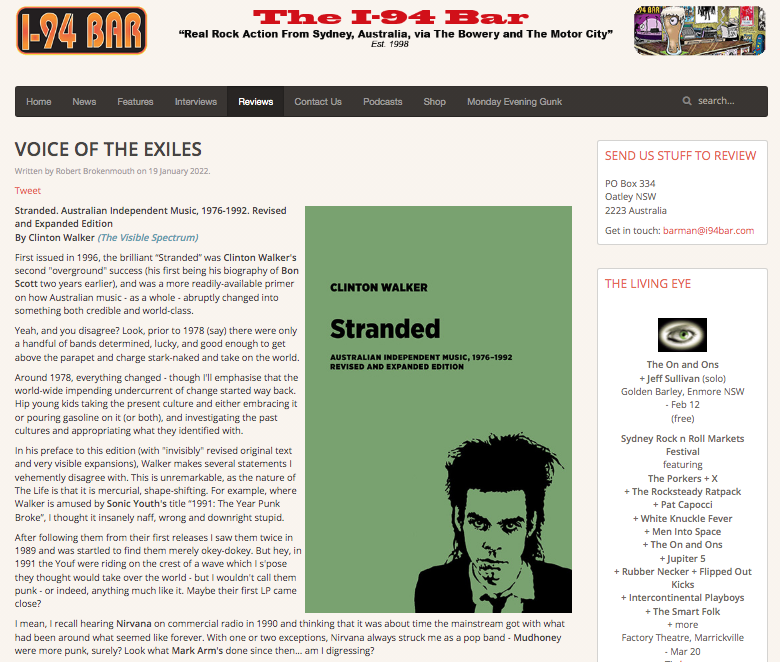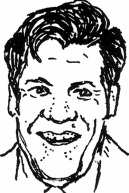| The People’s Republic is dead, long live the People’s Republic! Sort of. As the People’s Republic of Camperdown, this amazing anti-institution is winding down and shutting up shop - but only on the basis that it’s to be superseded by a new multi-purpose megaplex just a couple of suburbs away, due to be opening in a couple of months… and not to be dubbed the People’s Republic of Earlwood but rather the Red House, in a nod less to Jimi Hendrix than Sydney’s legendary Yellow House of the late 60s/early 70s. The Yellow House, of course, was the Potts Point headquarters of a gaggle of freaks, film-makers and artists led by Martin Sharpe, and it made an indelible mark on Australian life and culture at a time when Australian life and culture was emerging from a certain ice-age of a near-quarter century of conservative Liberal Party rule. It’s my theory that a lot of impetus extended from around that point and thence onwards through the ‘punk’ era to finally put Australia, by the 1980s, on a par at the forefront of global innovation in art and music. It’s my theory further that a lot of all that came to an end as the analogue era came to an end, with the advent or rather wildfire growth of digital in the 1990s; and that since then it’s been the rare outposts like the People’s Republic that keep up the good fight against the forces that would try to quell everything but the commodifiable. By the 1990s, the powers-that-were, who still thought music culture was at an apex at, say, the Sydney Opera House with its almost exclusively imported, archaic dead white Euromale fare – or otherwise by chiseling First Nations dance traditions into orthodox Western theatrical settings – by this time, the powers-that-were had decimated the once-thriving Australian live music circuit. Music and culture were changing in this dawn of the digital age and while I think it’s sometimes overstated to say that the contraction of the pub circuit killed so much music in this country – music and its potential audience were shape-shifting anyway – it was destructive and it just hastened the inevitable. What I call the subsequent ‘festivalisation’ of music is sometimes taken as some sort of compensation for this loss, or panancea, but if the present-day major festival circuit that we are all prey to has been a blessing and a curse, I think there’s more of the latter about it than the former, and that for this reason the whole sprawling overstatement of the phenomenon could be unsustainable. Everything’s a festival nowadays isn’t it? and if it’s not state governments pushing them on the basis of cultural tourism, it’s your local council. Recently, for example, just around the corner from the People’s Republic, an event took place called the Stanmore Music Festival, complete with all the usual bells and whistles and not a lot on the bill. But more to the point, why a Stanmore Music Festival anyway? when as many of us locals asked, What about the other 364 days in the year when Percival Rd has tumbleweeds blowing down it like a country town at dusk? But these festivals upon festivals – and like music itself in the digital age, there’s too much of them, too much of everything – it’s transforming music and not in a good way. With festivals like a one-stop shop supermarket of music, they preclude deep immersion. But that’s not the worst of it. The worst of it is that now having cut off the roots, the grass-roots live circuit, this does two things: it destroys the feeder into the festivals (where is the new live music going to come from?), and it puts all the power in the hands of the festivals, and what that means is that music, this culture, becomes beholden to state sanctioning and corporate interests. The liberal Arts elite will protest, Oh but curators are taking risks and putting on the seditious and promoting the multi-cultural voices of the less-heard, but apart from the fact or rather my view that the rise of the curator class at the expense of old school/instinctive entrepreneurs and promoters is an exercise in sleight of hand that kids you that the People instead of the Man are still in charge, I think that the reason governments and corporations like festivals is because they contain the art within these safe spaces as they’re so celebrated but which preclude greater reach. Even conservative governments aren’t unhappy to fund the audienceless avant-garde because that way it’s tucked away and content to indulge itself in complete onanistic impotence. So, does it even matter if I am to protest that the festivals and their curators make choices based less on aesthetics or rather the art itself than the politics of box-ticking? The casual listener or what used to be called passing trade is lured in because it believes the marketing that dominates the media, that’s shoved down its throat, that this stuff that’s got this seal of approval has to be good and so if you want to be on the cool tip, this is what you’ve got to consume. As sickening as to me as the arts supplements that these days are only full of list stories like the 10 Hot Movies You Must See this Summer or the Top 10 Hot New Novelists You Must Read. Which leaves only the final question: where does that leave even a punter who’s informed and interested, a denizen, say, of the bohemian inner city where once upon a time there were gigs on every second corner, and whether you wanted to go to a tiny venue to see an extremely marginal or else infant act, or whether you wanted to go to a bigger, middle-sized venue to see an established indy band or something like that, you could do it. Whereas now, largely, you can’t. The tiny, tiny small bars so beloved of Clover Moore can be good, but tend not to do a lot to address the above dilemma. Little folky acoustic duos or lounge jazz is not the answer, nor tribute shows or cover bands. I’ve been to plenty of gigs at the redoubtable Gasoline Pony in Marrickville and the 3Bs (Butchers Brew Bar) in Dulwich Hill but they are so small they put a limit on the music sonically, generically and demographically. Bowlo gigs and the sort of bars that are starting to spring up on Enmore Rd are part of the answer, but even for all the rhetoric of the Inner West Council, how can the Great Club be an issue at all? The best medium-sized room that’s sprung up in Sydney in ages and it’s crippled by order-of-occupancy principles not being applied! Which brings me to a room, another room, a gig, a venue like the People’s Republic. Nick Shimmin has been running the People’s Republic of Camperdown out of his living room for more than a decade now, and clearly we need every room like it we can get. This is no nostalgic hankering for the return of rock to pubs; it is a battle for the survival of live music performance, period. I suppose you’d call the Republic a warehouse gig, and unlike, say, a comparable but almost quango-like gig like the Phoenix at Central Park, it is off the grid, not illegal but surviving or even thriving by the skin of its teeth and the kindness of strangers and neighbours and beholden to nothing and nobody except the art itself. Nor is Nick Shimmin, even if he is a selfless patron of the arts, a rich philanthropist like, say, Judith Neilson who owns not only the Phoenix but also the nearby White Rabbit art gallery. The People’s Republic of Camperdown has always been completely and utterly not connected to any capital-A or even small-a arts establishment/systems, let alone attendant funding, and unlike the curator class it doesn’t pay lip-service to either passing fads and fashions or box-ticking but it does put on and has always put on a vast, rich range of music regardless of genre, gender, cultural origins or any other buzzconcept you care to name. Perhaps I should declare my interest: I work with Nick, who helps me to edit and publish so much of what I do these days. In doing which, he refuses to take a penny from whatever meagre not profit but any income I might generate. The same as he takes nothing from the donation jar at the Republic which all goes to the performers. And I’ve seen that jar overflowing with cash. This is not rhetoric about supporting art and artists, with all the layers of middlemen and curators taking their cut and diluting it, it’s actually doing it. I’ve seen relatively well-known artists do a quiet sideshow at the Republic and go home with way, way more money than a conventional club gig, say. And I still can’t work out exactly how Nick does it, but maybe the how is the why, which is that he’s just driven to do it, he loves the shit he loves and he loves sharing it because so much of it is underexposed… and it’s on all these almost archaic bases that the People’s Republic has been such a success for so long; so much so that it now has to graduate out of Nick’s living room and into the Red House. Which will open in April this year and more than just continue the tradition but expand it. Meantime, a pretty full house descended on the Republic for one of its last-ever gigs as such, in that weird eddy in time in between Xmas and New Year’s Eve: To see Darren D. C. Cross. And what a show it was! An incredibly impressive display of solo acoustic guitar. Darren himself calls his fingerpickin’ style Australian bluegrass and he makes no secret of the inspiration he’s derived from avant acoustic guitarists like Leo Kottke and the Takoma Records school of the likes of John Fahey and Robbie Basho. One point about which kind of music is – if you can’t play it, you can’t do it. There’s nowhere to hide. Fingerpickin’ like this is an extremely exact and demanding art and science, and if you can’t master it, there’s no point trying to pretend. Not that I am hooked on technique. Far from it. The old punk in me still distrusts virtuosity for its own sake. The thing about music like Darren’s is that while you do have to have all that technique, it’s still gotta go a step beyond, it’s gotta have heart and soul and swing… … and DC’s got all of that. Playfulness is part of it too, and he’s got that as well, a sense of good humour through everything (especially his between-song patter) even when it gets serious and maybe melancholy. But the dynamics! Using every finger on the right hand (I presume, I couldn’t see his hands), this kind of music is contrapuntal, full of riffs and lines running concurrently and weaving between and around each other. Repetition is a big part of it but the bigger part is the weave, the way the riffs and lines develop and interact – creating the space that allows for rhythmic as well as harmonic nuance – and the way they finally resolve, or not: The breaks! The breaks Cross deploys are incredible, sometimes reducing down to a single chord or a couple, cross cutting and smashing, and then – the endings too! DC Cross has the best endings in the business. The first point about which is that they come soon; in other words, the songs are never overlong (yet still manage to go deep and wide), and then, bam-bam, they’re over with an almost breathlessness and deeply satisfying surprise. So I’ll try and take a leaf out of that book. I will be watching out for anything DC Cross does in the future, and I will certainly be queueing up for the opening of the Red House. We need more of all suchlike. |
|
0 Comments
|
CLINTON WALKERArchives
January 2024
Categories |

